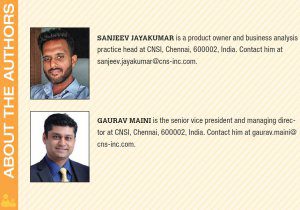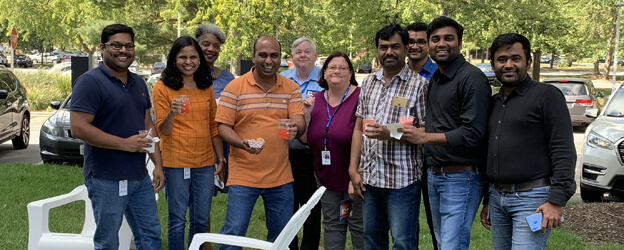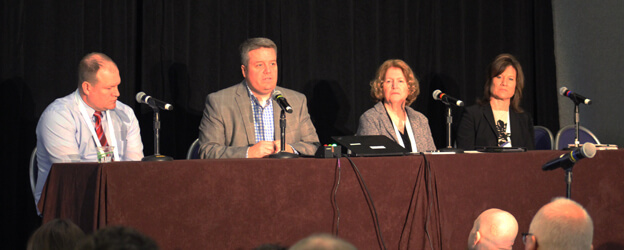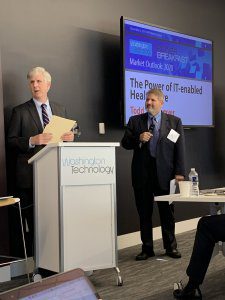CNSI Solution Delivers Stand-Out Performance at Payer-to-Payer Connectathon
On January 24, the CNSI Products Team participated in the CARIN Alliance Connectathon. The event brought together payers and servers (vendors) to test whether their existing Patient Access APIs (application program interface) could be re-purposed to also support payer-to-payer connections. Using sandbox environments, participants tested their APIs across three scenarios to determine if they could connect, retrieve, and validate data with other payers. Among the servers/vendors who participated:
• CNSI’s Interoperability Solution achieved successful connections and data retrieval with all four participating payers.
• All four payers reported they found it easy to integrate within 20 minutes to CNSI’s Interoperability Solution and just one other server.
“We follow the exact standards of the SMART® on FHIR® and OAuth 2.0, so that’s why the payers were able to connect so quickly,” says Ajay Tipnis, Principal Solutions Architect. “Last year, we were focusing on third-party applications; going forward we are focusing on leveraging our investments to improve interoperability across the board including payer-to-payer connections.”
The Centers for Medicare and Medicaid Services’ (CMS) Interoperability and Patient Access Final Rule is intended to give patients access to their healthcare data when and how they choose. In 2021, Medicaid payers were required to enable data exchange between payers and patients via third-party apps, which supported mobile device access. In the near future, CMS will also enforce payer-to-payer data exchange, which will enable patients to take their health data with them when switching to a new health plan, such as during a move to a new state or to a new employer plan.
CNSI’s Interoperability Solution is already live for our Michigan and Washington programs. Additionally, it will go live with the programs in Illinois, Arizona and Wyoming in the near future.
CNSI delivers a broad range of health information technology enterprise solutions and customizable products to a diverse base of state and federal agencies in the United States. We align, build, and manage innovative, high-quality, cost-effective solutions that help clients achieve their mission, enhance business performance, reduce costs, and improve the health of individuals and communities. Headquartered in the United States with global operations, CNSI employs a world-class team of technologists, program managers, and subject matter experts with large scale mission-critical information technology implementation experience.







 She went on to describe a web of partnerships that included Arizona Medicaid health plans, local public housing authorities, federal Housing and Urban Development support, the state’s department of economic security, Arizona State university, the Crisis Response Network and the United Way–each filling in a critical need to supply services, funding and housing permanency.
She went on to describe a web of partnerships that included Arizona Medicaid health plans, local public housing authorities, federal Housing and Urban Development support, the state’s department of economic security, Arizona State university, the Crisis Response Network and the United Way–each filling in a critical need to supply services, funding and housing permanency.